 Weird Stuff
Weird Stuff  Weird Stuff
Weird Stuff  Our World
Our World 10 Ways Your Christmas Tree Is More Lit Than You Think
 Movies and TV
Movies and TV The 10 Coolest Stars to Set Sail on The Love Boat
 History
History 10 Things You Didn’t Know About the American National Anthem
 Technology
Technology Top 10 Everyday Tech Buzzwords That Hide a Darker Past
 Humans
Humans 10 Everyday Human Behaviors That Are Actually Survival Instincts
 Animals
Animals 10 Animals That Humiliated and Harmed Historical Leaders
 History
History 10 Most Influential Protests in Modern History
 Creepy
Creepy 10 More Representations of Death from Myth, Legend, and Folktale
 Technology
Technology 10 Scientific Breakthroughs of 2025 That’ll Change Everything
 Weird Stuff
Weird Stuff Ten Bizarre Facts About The Doge Meme
 Our World
Our World 10 Ways Your Christmas Tree Is More Lit Than You Think
 Movies and TV
Movies and TV The 10 Coolest Stars to Set Sail on The Love Boat
Who's Behind Listverse?

Jamie Frater
Head Editor
Jamie founded Listverse due to an insatiable desire to share fascinating, obscure, and bizarre facts. He has been a guest speaker on numerous national radio and television stations and is a five time published author.
More About Us History
History 10 Things You Didn’t Know About the American National Anthem
 Technology
Technology Top 10 Everyday Tech Buzzwords That Hide a Darker Past
 Humans
Humans 10 Everyday Human Behaviors That Are Actually Survival Instincts
 Animals
Animals 10 Animals That Humiliated and Harmed Historical Leaders
 History
History 10 Most Influential Protests in Modern History
 Creepy
Creepy 10 More Representations of Death from Myth, Legend, and Folktale
 Technology
Technology 10 Scientific Breakthroughs of 2025 That’ll Change Everything
10 Terrifying Nazi Doctors You’ve Never Heard Of
We’ve all heard about the atrocities committed by doctors during the Nazi regime. These terrible deeds tend to be largely personified by Josef “Angel of Death” Mengele and a handful of other, lesser-known Third Reich physicians, such as Erwin Ding-Schuler. However, there is actually a whole host of virtually unknown Nazi doctors who committed unspeakable crimes against humanity throughout World War II and the events leading up to it.
10Herta Oberheuser
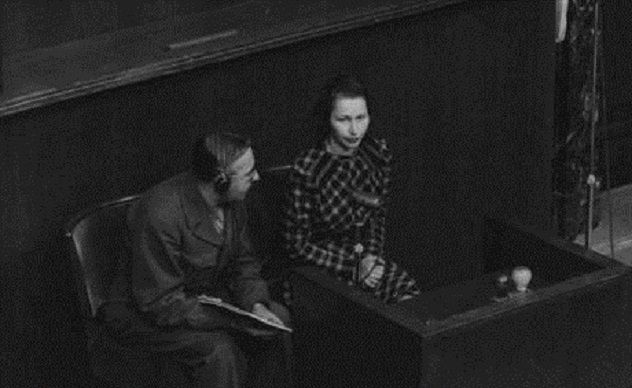
Herta Oberheuser is proof that unspeakable war atrocities are not just a man’s game. As a physician at Ravensbruck concentration camp, she specialized in brutal experiments conducted on women and children.
These experiments were straight out of a horror movie. She deliberately wounded some of her victims, after which she contaminated the open wound with bacteria or foreign objects such as glass shards, rusty nails, or sawdust. The subjects remained alive and in agony until Oberhauser judged that their death was imminent. She then killed them with injections of oil, gasoline, or evipan hexobarbital, sentencing them to an agonizing death that took three to five minutes, which the subjects endured in complete consciousness until the last second. Finally, Oberhauser dissected the bodies, removing limbs and organs for her experiments.
Despite being among the most twisted and ruthless Nazi doctors, Oberhauser was let off with a virtual slap on the wrist after the war. She was sentenced to 20 years in prison in 1947 but released in 1952 for good conduct. Seemingly oblivious to the horrid nature of her actions, she even attempted to open a practice in Schleswig-Holstein, although protesters soon forced her to close it down. In 1958, someone finally came to their senses and revoked her medical license.
Buy the chilling Doctors from Hell: The Horrific Account of Nazi Experiments on Humans at Amazon.com.
9Friedrich Mauz

At first, Friedrich Mauz might seem like a strange person to call “terrifying.” He was a successful psychiatrist before the 1930s, but his career stalled during the Nazi regime because, as he himself pointed out, he was a very apolitical person and thus not a favorite of Hitler’s cohorts. He described himself as a good, moral doctor who was forced to brave through Nazi atrocities, and history certainly agreed with him at first. He was exonerated in the denazification trials of 1946, retaining both his license and his career in the freshly formed Federal Republic of Germany.
However, the truth is quite different from the picture Mauz liked to paint. His career difficulties were due to the fact that his scientific work was considered fairly bad, and his area of expertise—psychotherapy—was not a popular one at the time. He realized this and soon adjusted his work to serve Nazi interests. Before long, Mauz served as an “adult euthanasia expert” for the T4 Program, the Nazi plan to kill people the Reich deemed unworthy of living. Yes, this supposedly meek and moral man spent his days determining ways to make Nazi mass killings—and, eventually, the Holocaust—happen.
8Hans Eisele
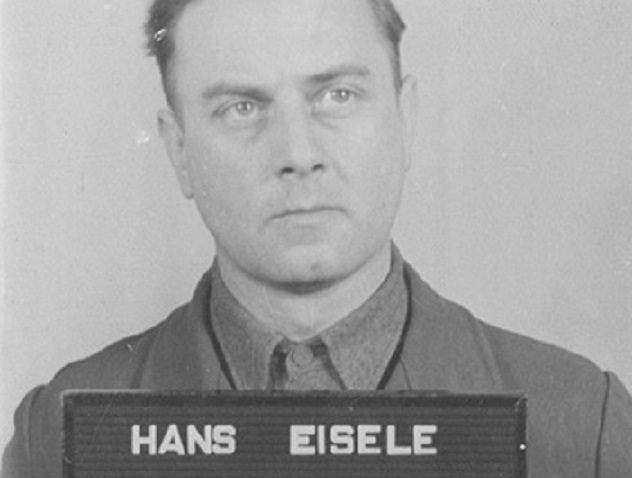
Hans Eisele, doctor and second lieutenant in the SS troops, is a prime example of the corrupting nature of power and the sad fact that even the worst crimes sometimes go unpunished by law. Despite his SS status, Eisele was known to be a fairly decent man for most of the war, to the point where the prisoners of Sachsenhausen camp, where he was stationed for a while, called him ”The Angel” and praised his kindness. However, once he was assigned to be the physician of the Buchenwald concentration camp, the atrocities of the place soon corrupted him and turned him into a monster.
Buchenwald was a camp for hardcore communist prisoners, presided over by some of the worst sadists the Nazis had to offer. Even in that company, Eisele became renowned for his brutal experiments, routinely murdering prisoners by cyanide injections and subjecting them to bodily horrors and improper surgery. “The Angel” had become ”The Butcher of Buchenwald.”
Eisele was arrested after the war and sentenced to death in two separate trials, but the sentence was soon changed to life in prison and eventually reduced to just 10 years, with the possibility of even more time off with good conduct. In 1952, Eisele was released from prison and even given a compensation payment by the government, because he ”had been captured and imprisoned by the enemy.” He lived as a free man for six years until he caught wind that an upcoming trial would reveal a lot of his atrocities. He escaped to Egypt, where he lived the remainder of his days as Carl Debouche, leading a quiet life and eluding the occasional bomb package from Mossad.
7Klaus Schilling
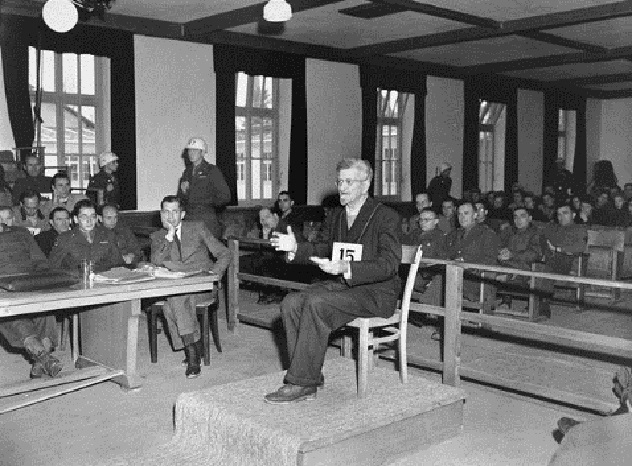
The retired Dr. Klaus Schilling was the world’s foremost expert on tropical diseases when World War II came around. His retirement didn’t last long, as Heinrich Himmler ordered him back to business with instructions to come up with a perfect remedy for malaria, a disease that was hindering the Nazi war machine in North Africa. Schilling was fine with this but didn’t feel like going to the tropics to test his remedies. After all, the concentration camps were much closer.
Schilling set up shop in Dachau and started experimenting on Polish priests, who weren’t required to work like ordinary prisoners and were considered expendable. He systematically infected his subjects with imported mosquitoes and pumped the diseased prisoners full of various medical cocktails. Although he himself insisted that his work was for the greater good of mankind and conducted as ethically and professionally as possible under the circumstances, the Nuremberg trials disagreed with his logic and sentenced the 74-year-old to hang.
Watch Nazi Hunters: The Real Story available now from Amazon.com!
6Hubertus Strughold
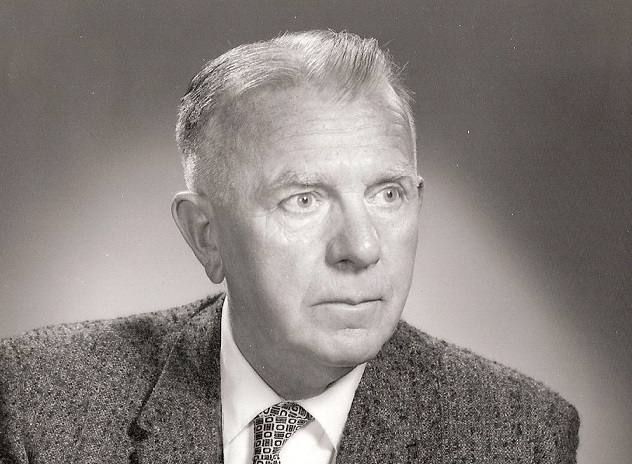
Hubertus Strughold is something of a NASA legend. He’s a famous physician who is widely respected as the “father of space medicine.” Every year since 1963, a prize bearing his name has been awarded to people whose work in aviation medicine has been particularly noteworthy. He may also have been one of the most terrifying Nazi doctors.
Strughold lived in Germany during World War II and moved to Texas after the war. His talents were enlisted for Project Paperclip, the US government’s famous plan to put Nazi masterminds in charge of pioneering projects. Perhaps because of this, he was never tried at Nuremberg, despite the evidence that suggests his hands were dirtied in some of the most brutal experiments Nazi scientists could come up with.
Strughold supervised the doctors who were responsible for the infamous Dachau cold experiments, in which concentration camp inmates were subjected to extreme freezing conditions, such as submerging them in icy water until they died. Their agony was documented in the name of science. His underlings were also in the habit of experimenting with pressure chambers, and his Berlin asylum performed cruel experiments with children.
Strughold’s sterling service for the US space program has absolved him of his Nazi-era activities in the eyes of the scientific community, to the point that most vehemently decry any suggestion that he was a war criminal. However, the man himself has been recorded making comments on the subject of cold experiments, so even if he wasn’t personally freezing the poor prisoners to death, it’s almost certain that he was keenly aware of—and interested in—the terrible deeds that were going on under his command.
5Enno Lolling
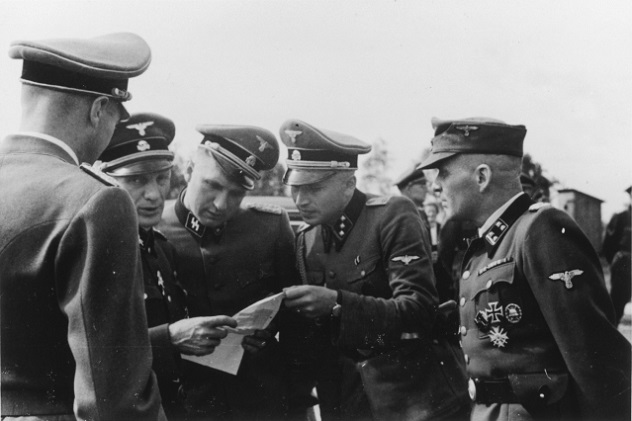
Some men just want to watch the world burn, but others are merely too apathetic to do anything about the rising flames. Enno Lolling was such a man. A tired, weak husk of a man, Lolling eventually became the medical officer responsible for concentration camp inspections thanks to his SS connections, despite being little more than a collection of vices (morphine and alcohol were his poisons of preference) and ineffectiveness.
Though his position might have enabled him to significantly improve the prisoners’ conditions, Lolling showed no initiative and accomplished nothing during his many inspections of concentration camps. Then again, perhaps it’s a good thing that he didn’t become more involved—he was known to be interested in horrifying human experiments, and it was not uncommon to find his name in the paperwork of a shipment of tattooed human skin. He committed suicide in November 1945.
4Joachim Mrugowsky
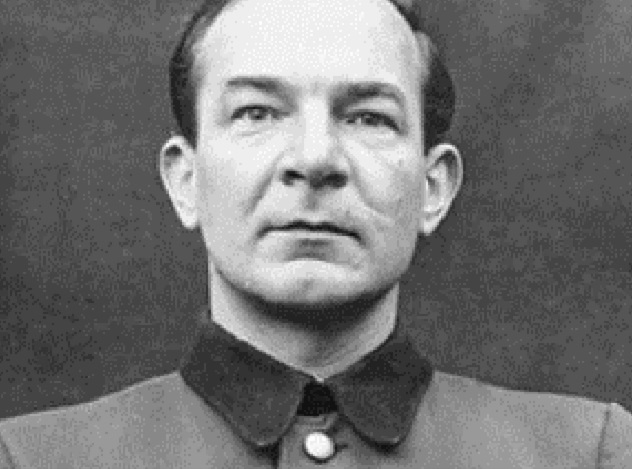
It’s strange to think that the Nazis even bothered with hygiene, as they were so busy filling the continent with corpses, but they were actually very big on the subject of cleanliness. Sadly, it was racial “cleanliness” they were talking about.
As chief of the Hygiene Institute of the Waffen-SS and senior hygienist at the Reich Physician SS, Joachim Mrugowsky sat at the epicenter of a number of hygiene projects that, in true Nazi style, had little to do with telling the troops to brush their teeth. The Nazi spin on hygiene was closely tied to the T4 program to annihilate all people who weren’t acceptable to the Reich.
Mrugowsky was instrumental in supplying the Nazi forces with hydrocyanic acid, a poison that could kill the Jews and other unwanted people, leaving the piles of corpses as disinfected as possible. The data necessary to determine the optimal composition was, of course, acquired by a vast series of experiments on unwilling test subjects. Mrugowsky was sentenced to death in 1947 and executed on June 2, 1948.
3Albert Widmann
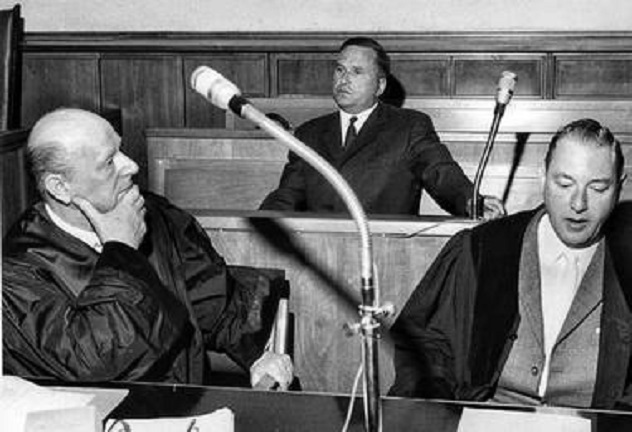
Dr. Albert Widmann was an active figure in the early stages of the Nazi “euthanasia” program. He was one of the doctors who decided upon the methods of killing and provided necessary gases and chemicals for tests. He was also an expert in the children’s euthanasia program, obtaining poisons and sharing technological insight on the subject of killing children with lethal injections. Over time, he became something of a problem-solving specialist—if a concentration camp crematorium malfunctioned, he was the man to call.
Widmann’s foremost area of expertise was always experimentation—apart from regular poisons, he often dabbled with other horrifying ways to make killing efficient. One of his more infamous experiments was an attempt to bring explosives to the mass extermination game by shutting Russian mental patients in two bunkers and blowing one up to see if everyone in it would die. Some survived, so the experiment was deemed a failure. Another one of his tests involved car exhaust fumes and vehicles full of mental patients. Widmann was able to avoid prosecution until 1959. He served just six years and six months in jail.
2Friedrich Wegener
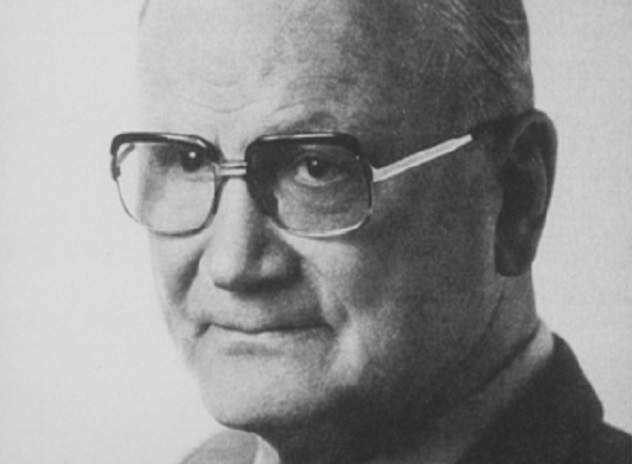
Most doctors joined the Nazi movement just so they would be able to keep their license. Pathologist Friedrich Wegener, on the other hand, was a true believer. He was a card-carrying member of the Nazi party before Hitler even took charge and used this status to rise to a high military rank.
After the war, Wegener went on to become a celebrated, award-winning expert until his death in 1990. He even had a disease named after him. His hidden Nazi past was only uncovered thanks to a chance discovery by a fellow doctor researching a glowing article he was going to write about Wegener.
Wegener’s past had been hidden extremely well. Although he was present for, likely involved with, and certainly aware of Nazi atrocities, no specific crimes can be pinned on him. All the medical community could do was punish him postmortem by changing the name of his “signature” disease (Wegener’s granulomatosis) and starting a discussion about whether it’s a good idea to name diseases after people at all. After all, no one wants to be suffering from a dangerous disease that also happens to carry the name of a Nazi.
1Eugen Fischer
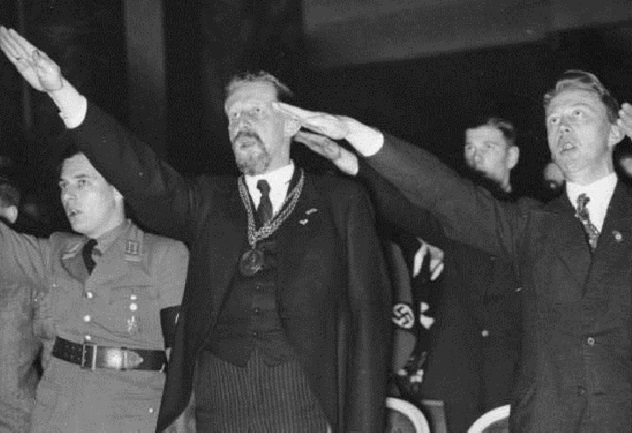
Adolf Hitler and his cohorts may be responsible for the Nazi “Final Solution,” but Eugen Fischer drew the blueprints that made it possible. Fischer was a lifelong student of eugenics, a bastardization of hereditary studies and anthropology that he morphed into rassenbiologie, the race biology system on which Nazis based their Aryan master race ideals and views of “inferior races.” Fischer also invented the concentration camp in 1904, when he established several of them in German-held southwest Africa to prove that “bastard” races are inferior to “pure” ones.
Hitler was entranced by Fischer’s work, incorporating it into Mein Kampf and forming the pseudoscientific basis of Nazism’s bigotry around it. As such, the Nazi regime granted Fischer many liberties—he was free to conduct his experiments and received liberal funding to elaborate on his racial theories. He was such a golden boy that even his refusal to officially join the Nazi party until 1940 couldn’t remove him from the Reich’s good graces.
Eugen Fischer retired in 1942 and died in 1967 at the ripe age of 93. As he was not an active party in Nazi war crimes, he was never put on trial. He didn’t even bother mentioning the millions his theories helped murder in his memoirs.
Pauli Poisuo also writes for Cracked.com. Why not follow him on Twitter?








